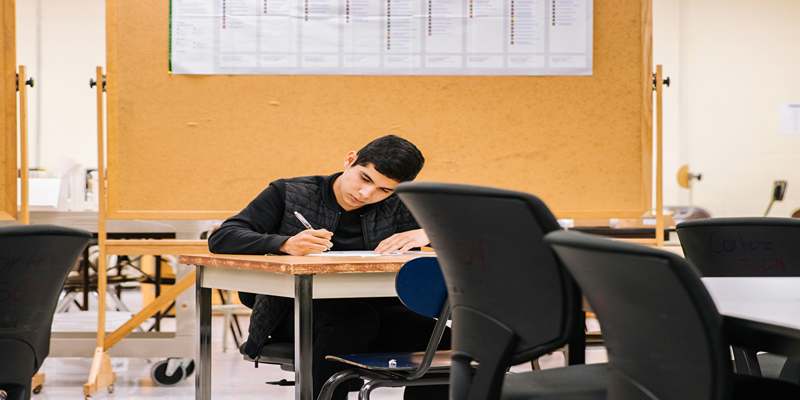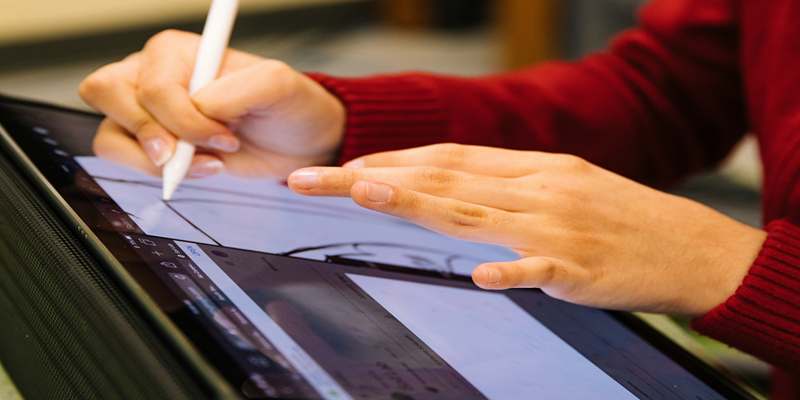How Technology Is Shaping Early Childhood Education
The use of technology in teaching has gradually become popular and a norm in early education for young children. Edtech refers to applications, devices, and games aimed at making preschool children learn through apps, toys, and gaming systems. All these tools have advantages that range from developing cognition in the children to encouraging creativity and group work. This article will briefly discuss how educational technology is transforming early learning, the benefits that it has over conventional learning, the available technology tools, and the issues that need to be looked into when implementing it for young learners.

The Role of Technology in Early Education
Why Edtech is Essential in Preschool Education
In the current world, the use of technology in education, especially in preschool education, is very crucial. The incorporation of young children in the use of technology in school and in the homes comes with benefits in that schools and caregivers get to offer the children interesting aspects of the gadgets that in turn appeal to the learners. In many cases, these tools include graphics and other objects that are designed to appeal to young children.
The Benefits of Integrating Technology Early in Learning
The use of technology is the integration of technology in early education has the following advantages. The first strength is that it can create a personal learning environment. In this way, the child is able to learn at his/her own level and interact with material that has been designed for his/her learning style. First of all, technology allows for the active type of learning that is considered to be the most effective way of consolidating knowledge that cannot be achieved by using a traditional approach.
Popular Early Learning Tools in Today’s Edtech Landscape
Interactive Apps and Digital Games for Skill Building
Interactive applications and games have become part of the essential must-haves in the early learning process. The first type of apps is designed to enhance a child’s learning and skill development in areas such as language, mathematics, and problem solving. They are aimed at the child’s interaction with the developments that are appropriate for his age and that will help him to develop, entertained at the same time. For instance, alphabet and number games are educational games that help the child learn letters and numeracy, as well as sequence with the aid of animations and sounds.
Educational Videos and Content for Cognitive Development
Through educational videos and content, children have been privileged to get information in a very easy and convincing manner. Other examples are YouTube and other children’s educational television stations, where the child is exposed to visual and audio feeds that help in developing his or her intellect. Watching short clips that might be based on animals, the solar system, or even simple science segments is good for capturing the attention of the preschool kids. These are usually animations with narrations, which give children the opportunity to learn new information in a rather entertaining manner. Besides, many programs contain songs, rhymes, and storytelling that will be useful for the improvement of vocabulary, listening comprehension, and memory.

How Edtech Transforms Learning in Preschool Classrooms
Facilitating Personalized Learning Experiences
By far, the most distinguished change that technology brings to learning in preschool is that of making learning personalized. In this regard, edtech tools can help the teachers to deliver the lesson plan depending on the students’ needs and their learning rates. For instance, a child who may have taken time in mastering a particular lesson can easily repeat the same from the apps, while the hardworking child can be challenged with more tasks. This enables individual attention to be given to learners as well as leave no child behind while at the same time helping the slow learners catch up. Self-paced learning may help the children to gain confidence and ensure that they do not lose morale to continue with their learning process.
Enhancing Collaboration and Communication Among Young Learners
Another advantage of educational technology is that it can enhance cooperation and interaction of the preschoolers. A lot of the software programs used to teach children involve group work, which enables children to practice sharing, taking turns, and solving problems. The use of many gadgets, such as interactive whiteboards, group learning applications, and cooperative video games, enables the children to group themselves when working on some tasks, as it fosters teamwork from childhood. These collaborative activities also help in the development of speaking and listening skills since the children are able to share their thoughts, listen to others, and participate in group discussions. Collaborating as a team in a technologically integrated classroom provides the basis for good social and academic skills.
Challenges and Considerations in Using Technology for Preschool Education
At the same time, it must be noted that there are certain drawbacks connected with the use of edtech, such as the problem of excessive screen time. Excessive use of gadgets has some negative physical impacts on the user, such as eyesight problems, reduced attention span, and limited time for interaction with fellow human beings. Parents need to bear this in mind when using technology with the young children so that it does not take the place of physical activity and actual interaction. It is important, therefore, to ensure that the child’s learning has a balance between the use of technology, outdoor activities, and interpersonal activities. There are several negative consequences of technology on young learners; hence, the parents and educators should set certain hours of technology usage to avoid the negative impacts of excessive usage of technology.
Conclusion
The type of technology used in this sector is ever-evolving to ensure that learning is enhanced for the young children in the early learning age. With the help of applications and videos in teaching and learning, children can achieve cognitive and social development effectively. Nevertheless, it is crucial to understand that children should not spend too much time in front of screens, and the tools that are used must be educational. Learning in the future of preschool education is likely to be more enhanced with modern technology as technology becomes more and more advanced. When integrated effectively, edtech can and should remain a key player in the development of early years education.












